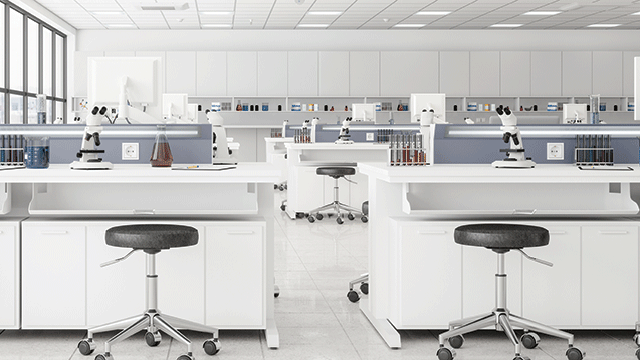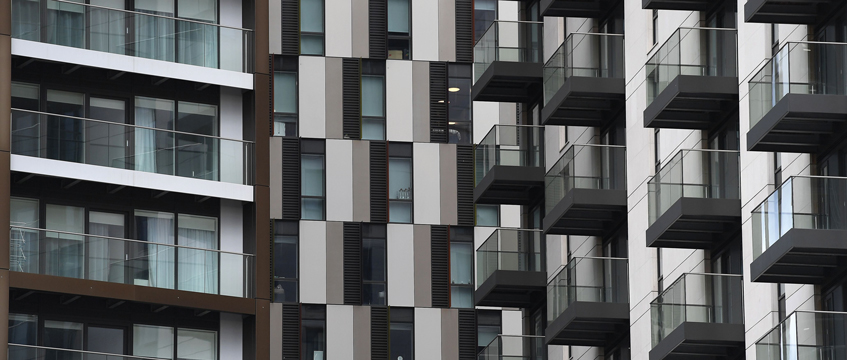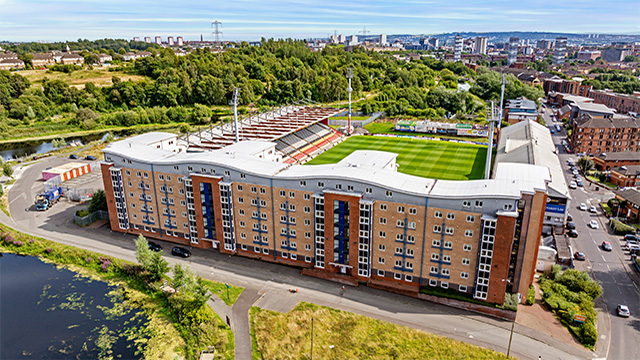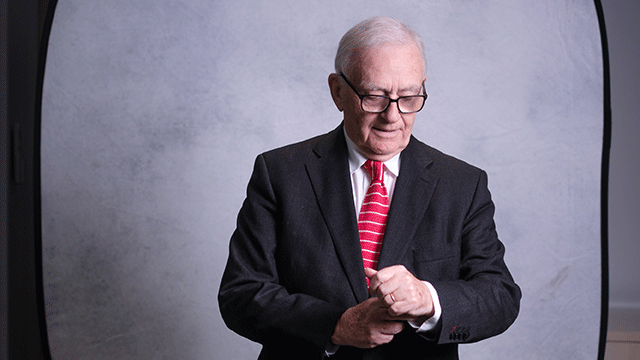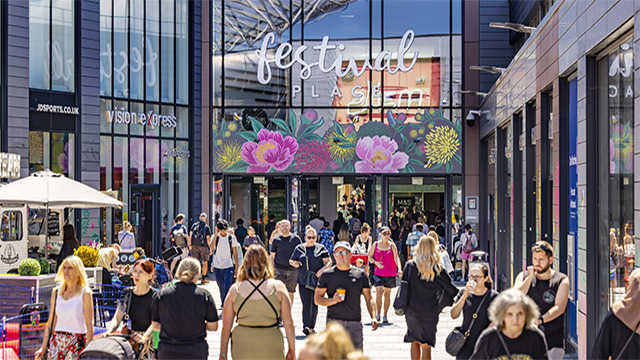BTR fosters stability, says Quality of Life Foundation
Build-to-rent housing fosters stability in the private rented sector, with 60% of residents living in the developments for more than a year, and a quarter for three years or more, a report by the Quality of Life Foundation has found.
The report into the social impact of BTR is supported by the British Property Federation and the Association for Rental Living.
It is based on a mix of subjective and objective research conducted by the Quality of Life Foundation at three developments delivered by GetLiving, Greystar and Long Harbour/Way of Life.
Build-to-rent housing fosters stability in the private rented sector, with 60% of residents living in the developments for more than a year, and a quarter for three years or more, a report by the Quality of Life Foundation has found.
The report into the social impact of BTR is supported by the British Property Federation and the Association for Rental Living.
It is based on a mix of subjective and objective research conducted by the Quality of Life Foundation at three developments delivered by GetLiving, Greystar and Long Harbour/Way of Life.
The report found that of 297 residents surveyed, 82% reported that their homes positively impact their health and wellbeing, owing to green spaces and communal areas.
Additionally, 94% of respondents recognised the provision of green space in and around the development and its positive effect on health and wellbeing.
Importantly, the positive impact of BTR developments appear to reach beyond the boundary of the sites themselves. The developments were credited by members of the local community with improving walkability and enhancing cycling infrastructure, as well as providing easier access to leisure amenities.
The report also found there are still areas for improvement. One key concern is the thermal performance of homes, with residents highlighting challenges in managing warmer temperatures during summer months. This issue calls for more climate-responsive design solutions to ensure year-round comfort.
Another area for improvement is the provision of shops and services. While residents and the wider community appreciate current offerings, there is demand for more specific services, such as affordable stores for everyday essentials, and social infrastructure such as medical facilities. Additionally, concerns were raised about the perception of safety in public spaces, particularly at night.
The report makes a series of recommendations to BTR developers and other stakeholders, such as local authorities, planning and design professionals, to maintain and enhance the social impact of these developments.
These include maintaining the provision of high-quality communal public space in schemes, supported by events and programming, as well as continuing to deliver parks and waterways as key assets for creating health and wellbeing.
Residents also wanted play spaces for children and young people, and affordable cafés, shops and supermarkets.
The report found that another resident priority is to find new ways to reduce neighbourhood noise and high volumes of traffic from surrounding areas, and addressing perceptions of higher crime rates in and around developments.
Matthew Morgan, co-founder and director of the Quality of Life Foundation, said: “This report represents our first steps in understanding the social impact of the build-to-rent sector. It offers an example of what can be learned when the private sector comes together to share insights and improve the way it does business through understanding its impact, and provides a model that we hope can be replicated across the housing sector.
“We do not claim that build-to-rent is ‘the answer’ to the housing crisis we face – that lies ultimately in a mix of new and refurbished homes and neighbourhoods that include social housing, homes to buy, community-led housing and private renting – but we believe that build-to-rent is part of the answer.
“We hope the insights from this research will not only inform best practices in the sector but also support improved practices across the development industry as a whole so that we can tackle the UK’s dual housing and health crises more effectively.”
Theo Plowman, assistant director at the British Property Federation, added: “This report reinforces the potential of build-to-rent to create healthier, happier and more connected neighbourhoods, with the majority of residents reporting that their homes positively impact their wellbeing. As the sector evolves and diversifies to meet varied needs, maintaining a long-term vision of quality, sustainability and community integration will be key to ensuring build-to-rent continues to set new standards in housing.
“We hope the report inspires policymakers, investors and developers to embrace this model as a key part of the housing solution.”
Brendan Geraghty, chief executive at the Association for Rental Living, said: “This report demonstrates that simply providing a home is not enough. It is the relationships that the home and its occupants can establish with the people, places and enterprises around them that delivers improved and sustained wellbeing. The build-to-rent sector’s professional approach to resident and community support, for the long-term, along with its strong commitment to quality, is the sector’s value-add and cements its importance in the UK’s housing tenure mix of today and tomorrow.”
Photo by Andy Rain/EPA-EFE/Shutterstock




